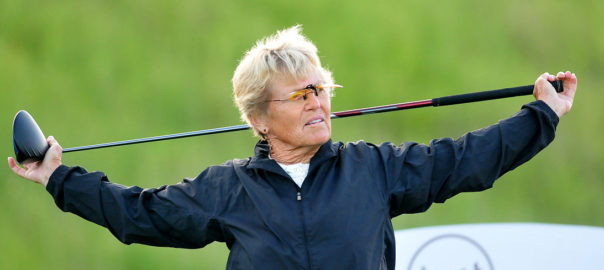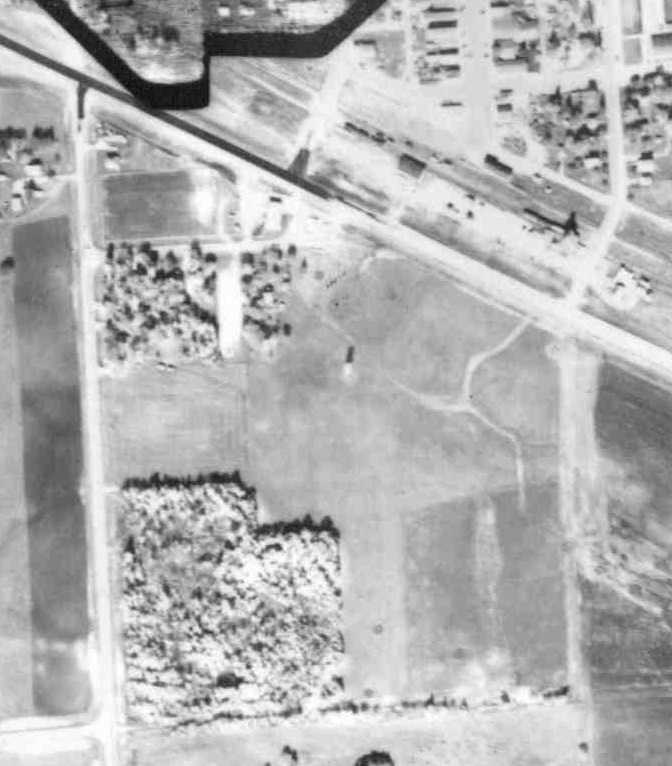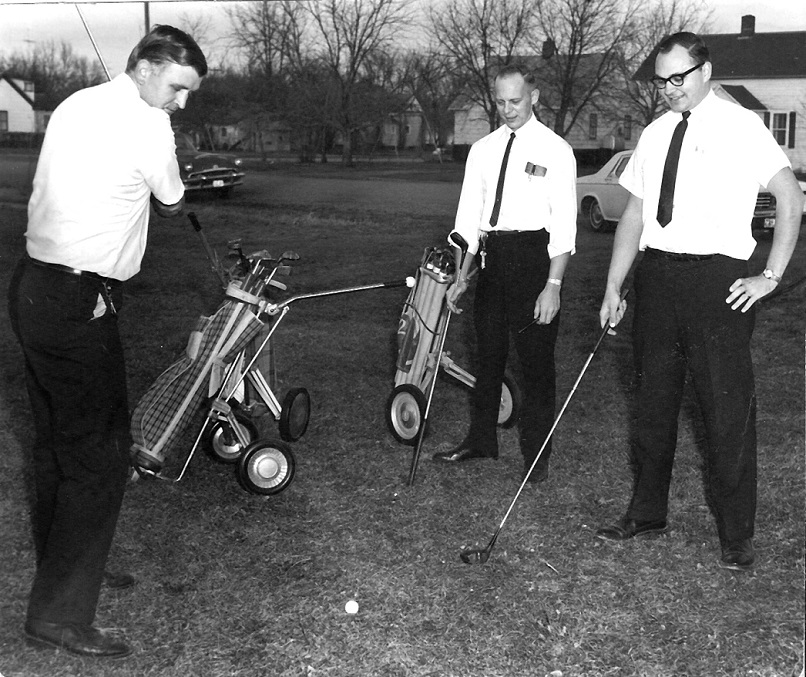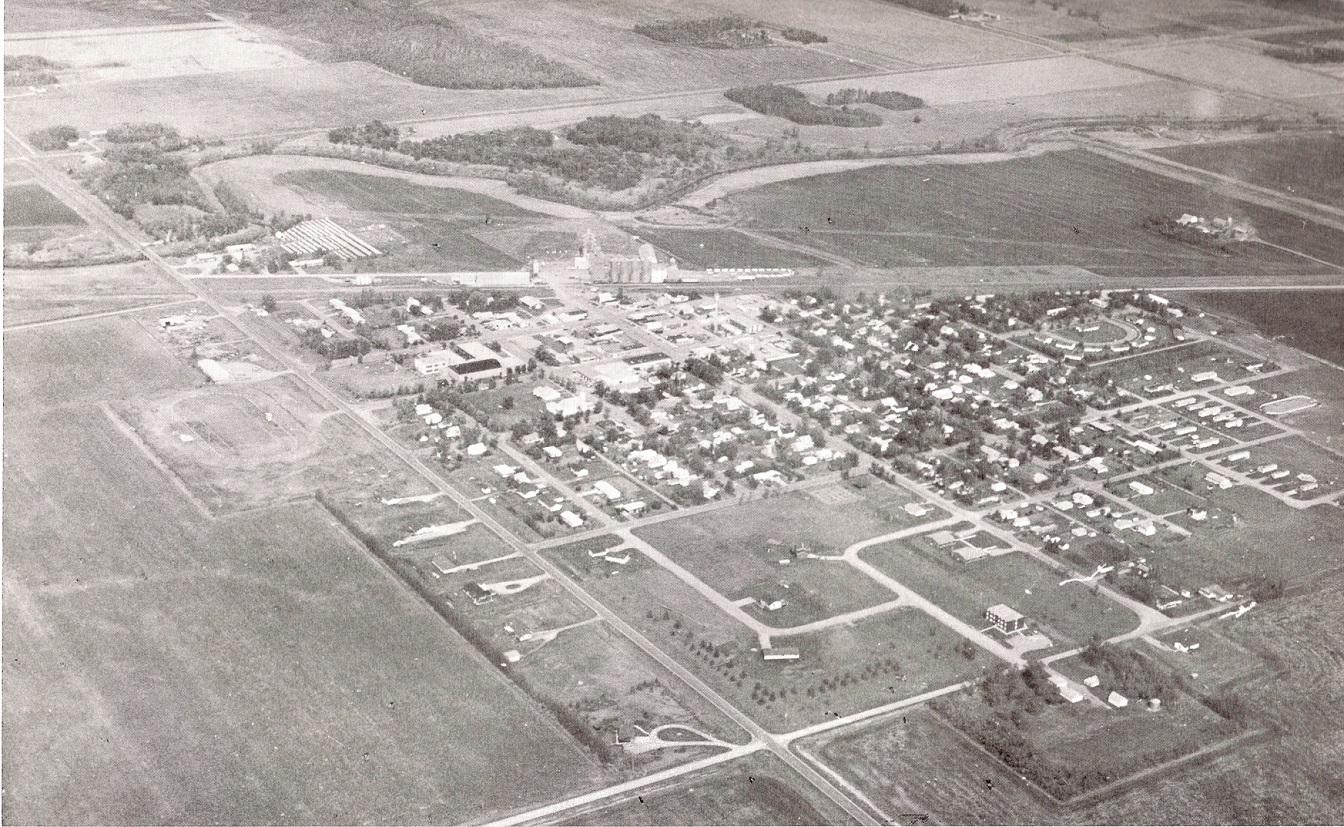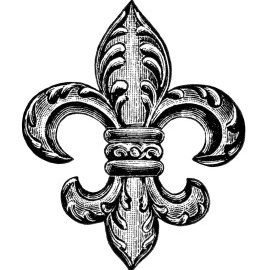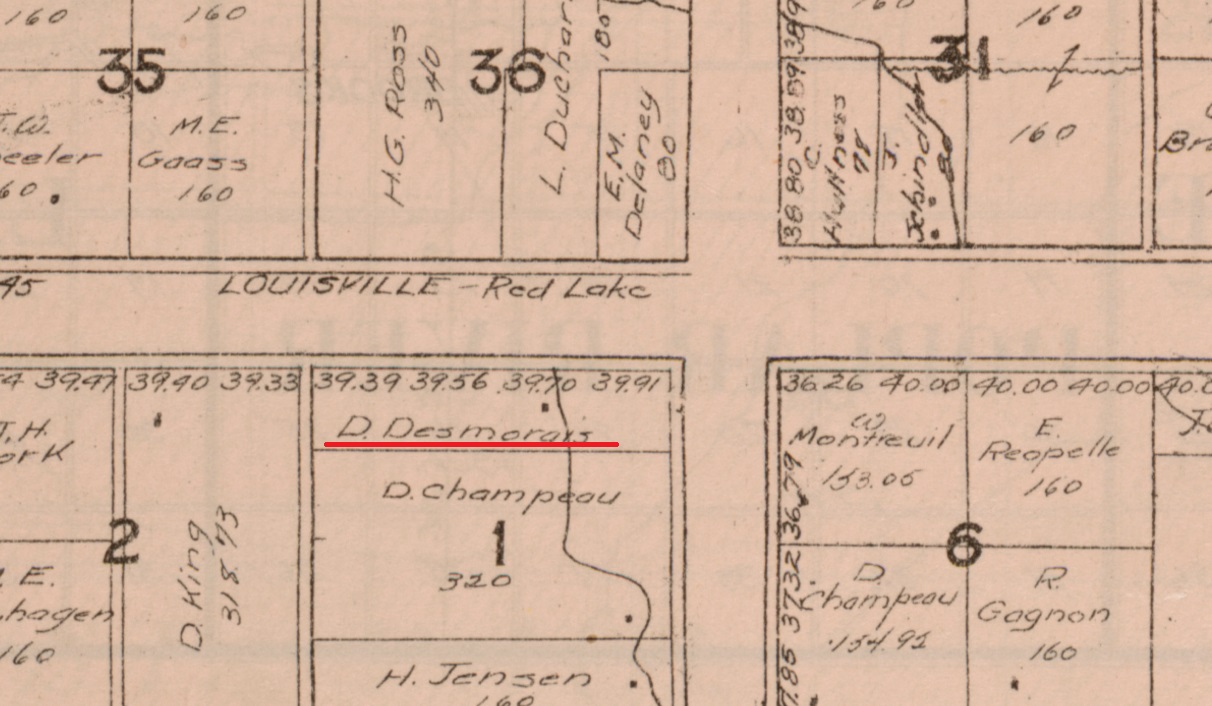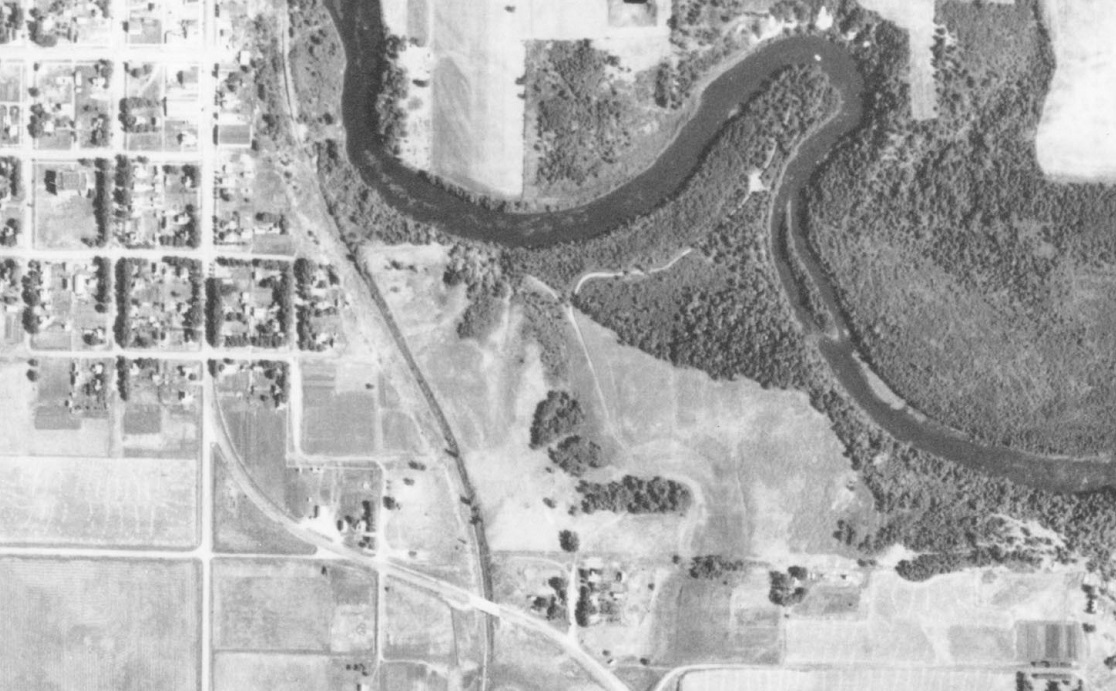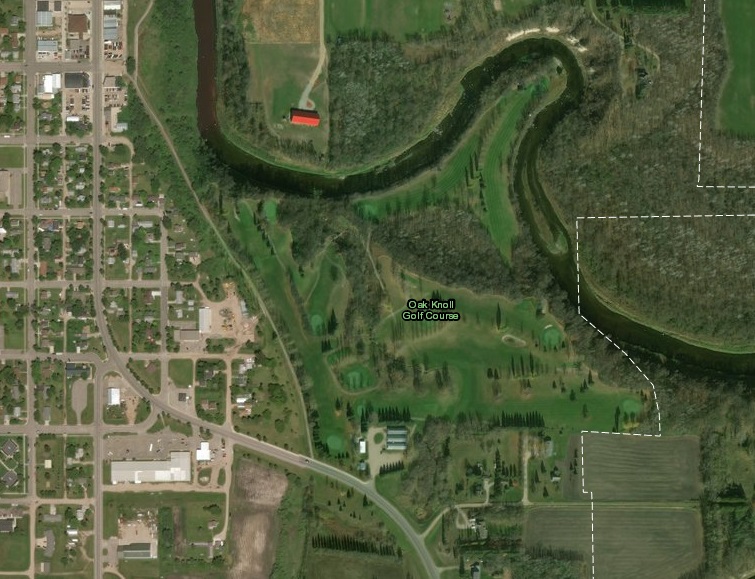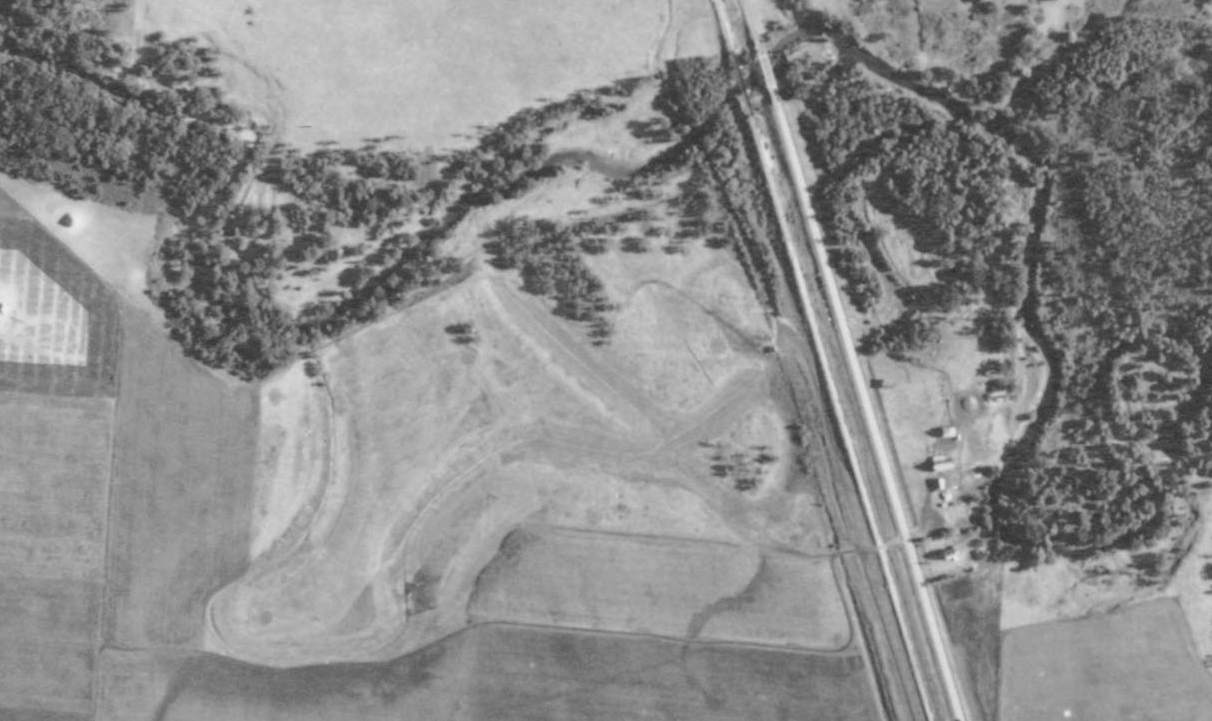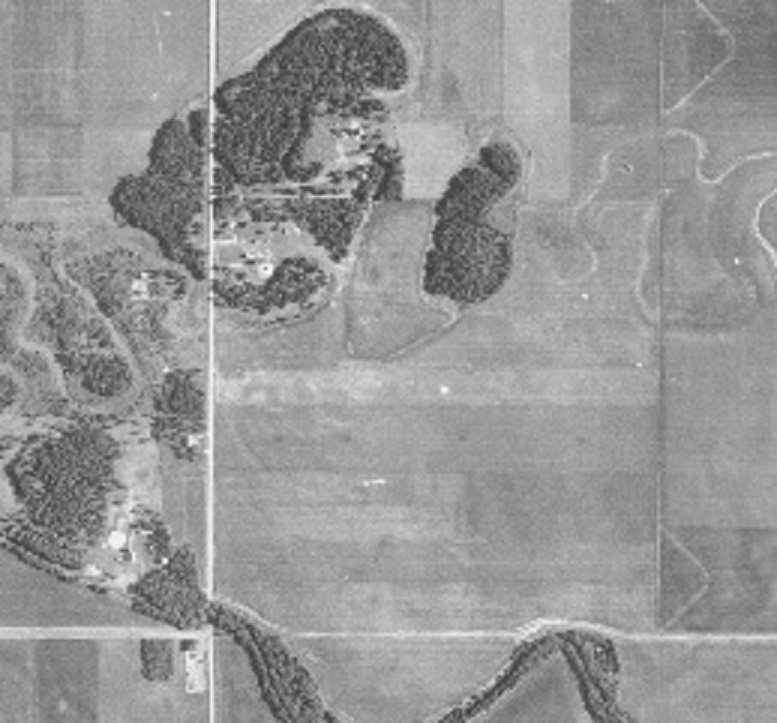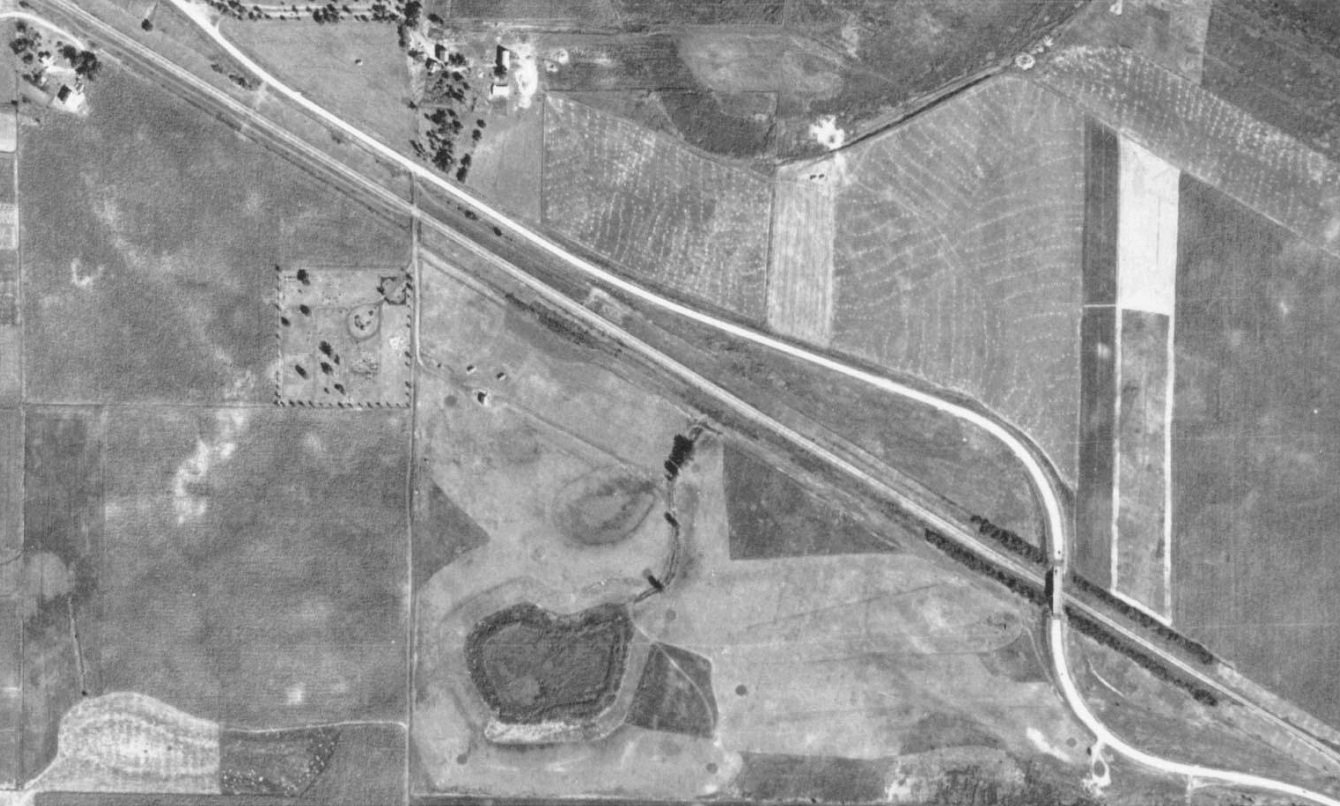Before golf in Luverne, Minn., had Jerilyn Britz, it had Luverne Country Club, two other golf courses and Don Spease.
Connecting the dots, over 93 years’ worth of golf in Luverne:
Jerilyn Britz’s golf tale is well-known and oft-documented. As a teenager in Luverne, a city of 4,000 in the southwestern corner of Minnesota, she showed an aptitude for many sports but had not played golf until, while working as a lifeguard at the municipal pool in 1960, she received a push — not into the water — from the pool manager, Charles Weinman.
“He would come down every day and start talking about golf and tell stories about things that happened” on the course, Britz said by phone in January. Weinman persuaded Britz to pick up a club and take a few whacks at dandelions, and she soon began backswinging and downswinging with golf balls in the way. She was hooked.
“I hit one good shot and have tried to have that feeling ever since,” she said. “It was such a different feeling.”
Britz (pictured above, photo courtesy of Legends Tour) joined Luverne Country Club, won four club championships in the 1960s and turned professional at age 30. In July 1979, she participated in a little four-day soiree’ at Brooklawn Country Club in Fairfield, Conn., known as the U.S. Women’s Open, where she shot rounds of 70, 70, 75 and 69 to earn the title of national champion golfer of the year. It was the first of her two tournament championships in more than 20 years on the LPGA Tour, and she was named to the Minnesota Golf Hall of Fame in 2007. She continues to play events with famed fellow competitors on the Legends Tour.
Which brings us, quite indirectly, to Don Spease and another memorable round of golf, almost exactly 30 years before Britz’s.
But a round of a decidedly different ilk.
“Records were broken in more than one department Friday when Minnehaha Country Club held its annual invitational golf tournament,” the Argus-Leader of Sioux Falls, S.D., reported on Aug. 27, 1949.
This event wasn’t so much a golf tournament as it was a dawn-to-darkness marathon that featured a colossal field of 301 golfers and 150 door prizes.
“… there were some 1600 dollars of prizes awarded,” the newspaper continued, “more than in any previous tournament …
“… and possibly the 187 total score Don Spease of Luverne turned in is the highest round yet to be admitted to.”
Yes, that would be 187 strokes for 18 holes — pushing 100 per nine.
Nobody ever said golf was easy. (If they did, I can find a lie detector to hook them up to. And I’ll make sure it’s calibrated to maximum voltage, perhaps with a short circuit in a sensor.)
Spease could not master either the art of clearing water hazards or getting the ball in the hole. “It’s almost certain,” the Argus-Leader added, “that Spease’ 78 putts are pretty much of a mark. For his prodigious efforts the Luverne man won an auto spotlight and (really) a putter.”
Boyd Barrett was the skilled Luverne outlier in that tournament, shooting a 77 that landed him in second place. But others from across the border were hot on Spease’s tail.
“Luverne had the monopoly on high scores,” the Argus-Leader reported, “with Bob Lundberg joining Spease in that department by virtue of 19 strokes on one hole. Golf shoes are now his as a result.
“Harm Snook of Luverne dropped 24 balls into the river and won seven new balls and a fishing net to get back his old ones. Jim Sherman, also of Luverne, sank 14 and received a cap and four balls.”
Luverne didn’t have the market cornered on deposits into the Big Sioux River that day. “Cliff Chamley of Flandreau (S.D.) and E.P. Fortner of Mitchell dropped 11 and 10” balls into the river, the newspaper continued.
If you’re counting, and there’s no reason you should be, that’s 59 balls in the water from one set of four hapless fellows.
None of this would be rehashed here if not for a deep dive into the history of golf in Luverne and especially if not for Spease’s good humor and equanimity.
More than 68 years after his fateful foray into Sioux Falls, I dialed Spease’s phone number to see if he remembered his Minnehaha round or had any objections to a retelling.
On the other end of the line, Spease laughed.
“Yes, I remember,” he said — then offered an entirely reasonable caveat.
He had never golfed before that day.
Spease said he had traveled the 15 miles from Luverne to Minnehaha with his cousin and a couple of friends mostly so that the others could meet the tournament requirement of having a foursome to play. He was 16 years old.
“I played basketball and football,” said Spease, now 85. “They had to have a foursome, so they asked if I would go along. I said, ‘I don’t know anything about golf,’ but I went along.”
Once on the course, it quickly became evident that he was no match for Minnehaha CC and the Big Sioux.
“They gave me four balls to play with,” Spease said. “After the first two holes, I had lost two of the four balls in the river. So after that, when I got close to the river, they let me throw my ball across the river.”
Spease confirmed the report of his prize winnings. The auto spotlight went on his 1935 Ford. The putter was sold to a friend’s mother for $10. “That was a lot of money back then,” he said.
Finding competitive golf to not be in his athletic wheelhouse, Spease did not play again for many years. He worked in his family’s tire business in Luverne and at other jobs, has retired four times, he says, and boasts an ample record of volunteer and community service.
None of this has the first thing to do with lost golf courses, does it? But it is one of the best back stories I’ve run across.
On to business. Britz mailed me a copy of Luverne Country Club’s eight-page 50th anniversary pamphlet, published in 1989. One entry is a recounting titled “History of the golf course.”
“There were two golf courses in Luverne before the present course was developed,” the tale begins. “The first course was west of town on the site of the Gordon Gabrielson farm. It was a 9-hole layout, even with a water hole, on which some members used floater balls. … The second course was located three miles south and a half mile east of Luverne along the Rock River. It also was nine holes. This course lasted only a few seasons. It crossed the river several times and each spring it seemed the swinging bridges would wash away, and the mosquitos were so fierce they decided to abandon it. It was then in 1939 the course was moved east of Luverne on what was called the old Fogg Estate. Here is where the course has been for the last 50 years.”
Officially, golf in Luverne dates to April 23, 1925, when “permanent organization of the Luverne Golf club was completed,” the Rock County Star reported the next day. J.M. Rustad was the first president. Membership was to be limited to 100, with an impressive inaugural class of more than 80 signed up. The course would be established through a one-year lease on the 80-acre Charles Preston farm, 3.5 miles almost directly east west of downtown Luverne and immediately south of County Highway 5. (A Gabrielson family, referenced in the previous paragraph, owned the 240 acres to the south of the Preston farm, according to plat maps of the day.)
1936 aerial map of Gabrielson and Preston farms west of Luverne. The first version of Luverne Golf Club was on the Preston farm, in the top portion of the photo. The course had moved to its Rock River site by 1936, but at least two remaining sand-green sites appear to be visible in this photo, shown as small, dark circles on either side of the stream near the western edge of Preston’s property. Preston owned large lots of land to the south of here, along railroad tracks, but I see no indications of a golf course having been there, so I believe this was the golf course site. (Photo from University of Minnesota’s John Borchert Map Library.)
Luverne golfers played in tournaments at places like Worthington, 30 miles to the east, and staged competitions at their own club. Carl Schmuck won with a 71 in May 1929, and Perry A. Arnette, “Harmonica King and farmer,” according to the newspaper, was runner-up with a 75.
Arnette was a central figure in early Luverne golf. He served as Luverne GC president during the late 1920s, and in August 1931, plans were announced for Luverne Golf Club to move to the Rock River site, on land owned by Arnette.
This was thought to be a site of great potential. The course was to be laid out by Frank Brokl, the 1929 Minnesota State Amateur champion from Minneapolis who specialized in designing small-town courses across Minnesota, South Dakota and Iowa, including the now-lost courses at Lake Benton and Ivanhoe. The sand greens were to be 50 feet in diameter, the Rock County Herald reported, and the parcel was highly touted by the newspaper.
“Among the numerous advantages of the new grounds are scattered clusters of trees which shade some of the holes, the substantial grass growth and heavy sod; the natural hazard of the Rock River, which must be crossed twice while following the course, and the fact that a player must face the sun only on the first hole.”
Also, the newspaper reported, groves of trees skirting the river would “provide an ideal picnic ground, and a long stretch of sandy beach has possibilities of being developed into a swimming resort.”
The Herald story said the new grounds would not be put into play until spring of 1932 and that, in order to keep the grass closely cropped, “a flock of sheep will be pastured on the links.”
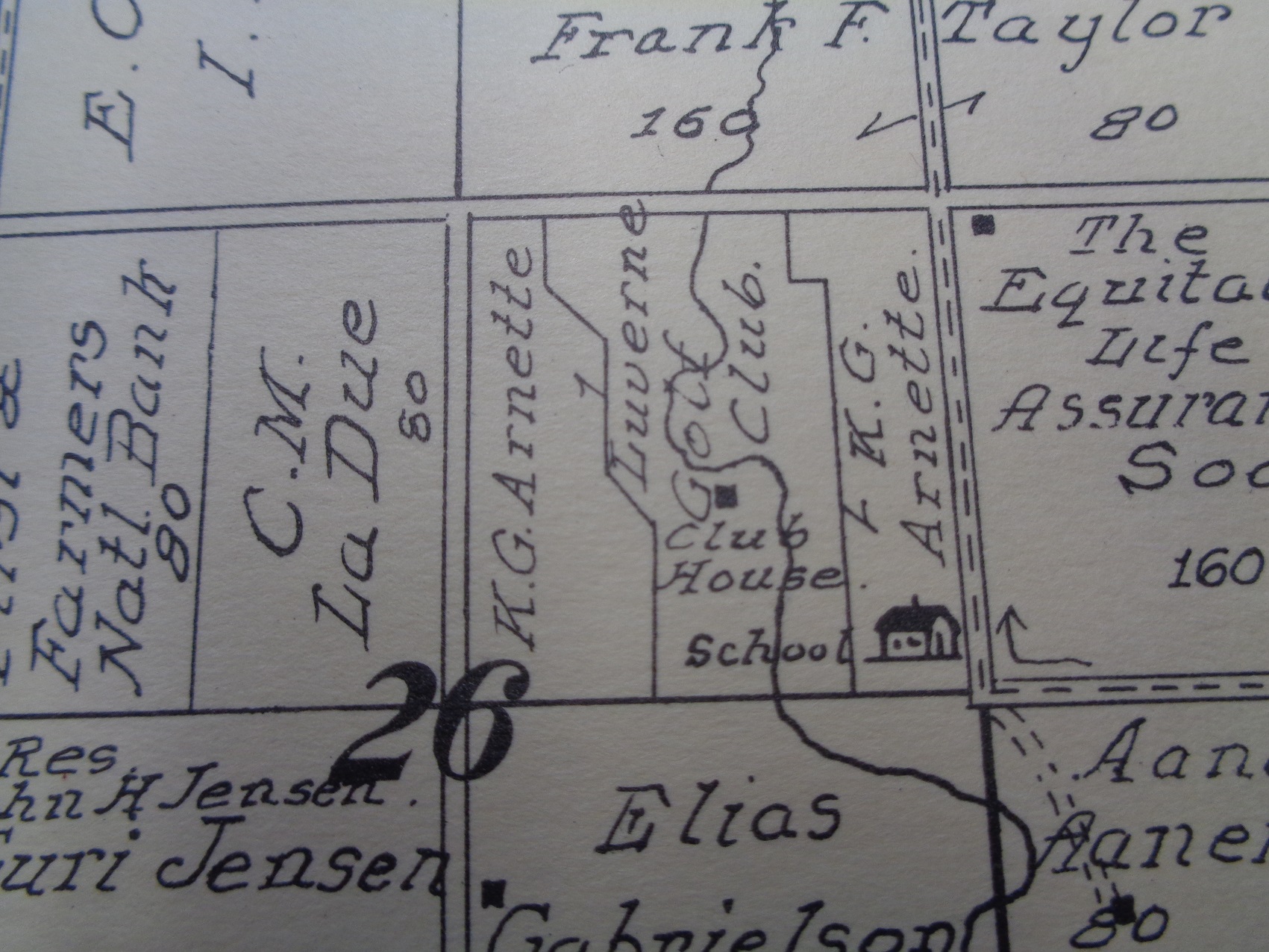
Whether the Rock River site was put into play by 1932 is unknown. On Sept. 9, 1932, the Rock County Star reported that W.R. Brooks of Luverne won a shortstop at the “Old Golf Course,” presumably a reference to the Preston farm site and possibly hinting of problems in setting up the Rock River site.
Once the Rock River site opened, it lasted through 1938. In July 1934, Luverne hosted a “Tri-State tournament,” the Minneapolis Tribune reported. “The Luverne course is 2,881 yards long and supplied with many natural beauty spots and hazards,” the story read.
It’s almost certain that the club underestimated the Rock River’s ability to breach its banks and make golfing a muddy mess. Beyond the Luverne CC pamphlet, two others I talked with confirmed that flooding can be a problem in that area.
There certainly are few remaining bridges between the Rock River site and the current Luverne Country Club site east of town. One of them, coincidentally, is named Don Spease.
Spease remembered the Rock River site. “My dad used to go out and play golf there. I’d go along,” he said. “The course had sand greens. My job was to drag a piece of rope with heavy carpet so they could putt.”
Luverne GC abandoned the Rock River site and relocated two miles east of downtown for the 1939 season, eventually taking the name Luverne Country Club. An Argus-Leader story noted that the new course would open on May 14 with all greens ready and one day of free play for all. P.M. Conner was club president.
Britz, who now lives in Florida, loves the tree-lined layout at the current Luverne Country Club. She appreciates sunsets from the eighth tee, where, she says, one can see all the way to Iowa and South Dakota. “I’ve played golf all over the world,” she said. “I don’t think I have ever played a course as fun as Luverne.”
It’s tough to say whether Don Spease would say the same. He began golfing again in his 50s at Luverne CC and was a far more respectable player than during his Minnehaha day, with scores in the 50s for nine holes. Then fate intervened again.
“The last year I played golf out there, the first round of season, I was riding in a three-wheel cart,” Spease recalled, again summoning his sense of humor. The driver of the cart swerved to avoid a tree root, and Spease stuck his leg out of the cart to keep his balance.
“I broke my ankle,” he said.
Spease has not played the game again. Golf in Luverne lives on.
